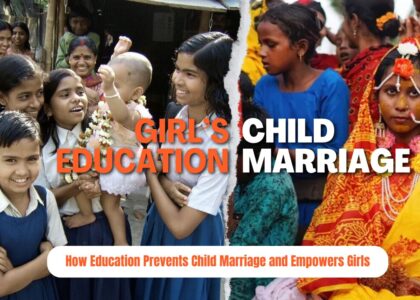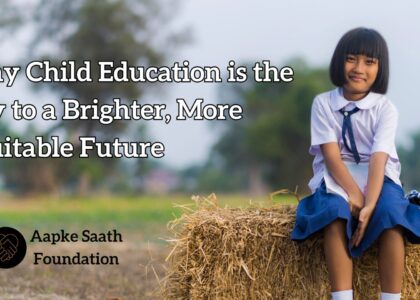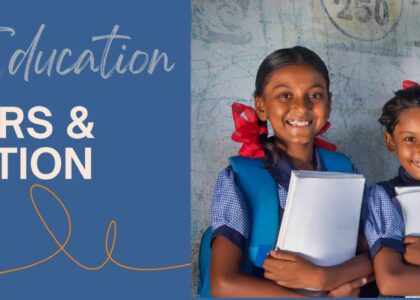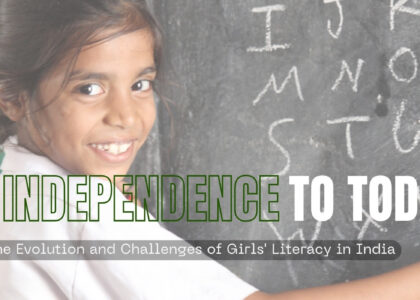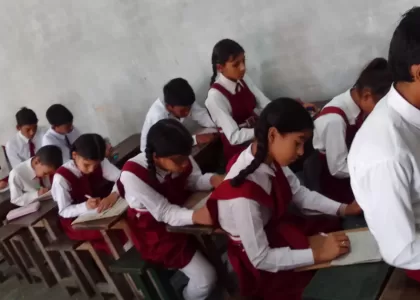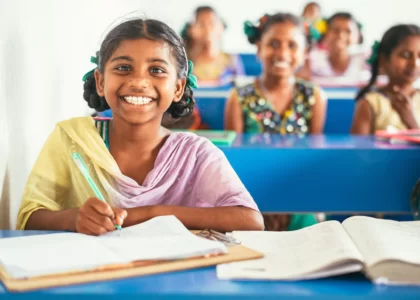Girl’s Education and Child Marriage: How Education Prevents Child Marriage and Empowers Girls
Girls’ education is a powerful tool to prevent child marriage and create brighter futures. Educated girls are more likely to delay marriage, gain financial independence, improve health outcomes, and challenge harmful cultural norms. Learn how education empowers girls and breaks the cycle of poverty and early marriage

